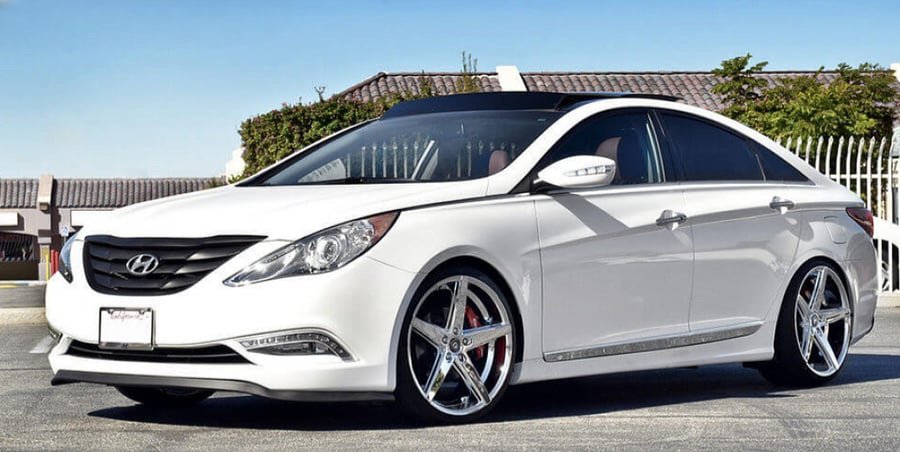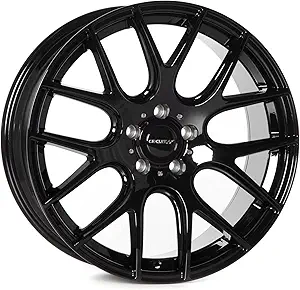
When it comes to upgrading a car, few components make as immediate an impact as the wheels. Not only do they shape the visual identity of a vehicle, but they also play a crucial role in handling, comfort, and performance. Whether you’re a weekend racer, daily commuter, or automotive enthusiast, understanding how to select wheels that complement both your car’s appearance and its capabilities is key.
1. Understanding Wheel Basics
Before diving into style or performance, it’s essential to understand the basic terms:
- Diameter: The size of the wheel, typically measured in inches (e.g., 17″, 18″, 20″).
- Width: Wider wheels can offer more grip but may affect fuel economy and ride comfort.
- Offset: Determines how far in or out the wheel sits in the wheel well.
- Bolt Pattern: The number and arrangement of bolts that attach the wheel to the hub.
2. Performance Considerations
a. Weight Matters
Lightweight wheels reduce unsprung mass, which improves handling, acceleration, and braking. Forged wheels are typically lighter and stronger than cast wheels, though they come at a higher cost.
b. Material Composition
- Aluminum Alloy: Commonly used for performance due to their light weight and strength.
- Magnesium: Even lighter but more expensive and less durable for everyday use.
- Steel: Heavier and stronger, ideal for winter or rugged use but not performance-focused.
c. Tire Fitment and Grip
A wider wheel allows for wider tires, increasing the contact patch and improving grip. However, overly wide wheels can lead to rubbing, hydroplaning, and poor fuel economy.
d. Brake Clearance
Performance cars with large brake calipers need wheels with proper clearance. Always verify that the new wheels allow enough space for your braking system.
3. Aesthetic Considerations
a. Design and Finish
Wheels come in a variety of styles—multi-spoke, mesh, concave, deep-dish, etc. Finishes range from gloss black, matte bronze, polished silver, to custom colors. Choose a style that complements your car’s lines and paint color.
b. Size and Stance
Larger wheels offer a more aggressive look, especially when paired with low-profile tires. However, going too big can negatively affect ride comfort and acceleration.
c. Fitment and Flushness
A “flush” fitment—where the wheels align well with the fender arches—enhances aesthetics. You may need to adjust offset or use spacers for a perfect stance, but don’t sacrifice safety or performance.
4. Balancing Both Worlds
For daily drivers, a good balance would be lightweight, strong alloy wheels with a moderately aggressive size—typically one or two inches larger than stock. This preserves ride quality and improves handling without compromising comfort.
For track cars, prioritize function: choose forged wheels with high strength-to-weight ratios, suitable widths for racing tires, and proper brake clearance.
For show cars, aesthetics often take precedence. Unique designs, custom finishes, and large diameters are common, though owners should be mindful of ride and handling trade-offs.
5. Final Tips
- Always check your vehicle’s wheel and tire size compatibility.
- Consider seasonal needs—steel wheels with snow tires in winter can protect your stylish alloys.
- Invest in quality brands with a reputation for durability and performance.
- Don’t overlook tire selection; even the best wheels need the right rubber to perform.
Conclusion
Choosing the right wheels is more than just picking a pretty design—it’s a blend of art and engineering. By considering how wheel size, weight, material, and fitment affect your driving goals and style preferences, you can enhance both the performance and look of your car with confidence.

